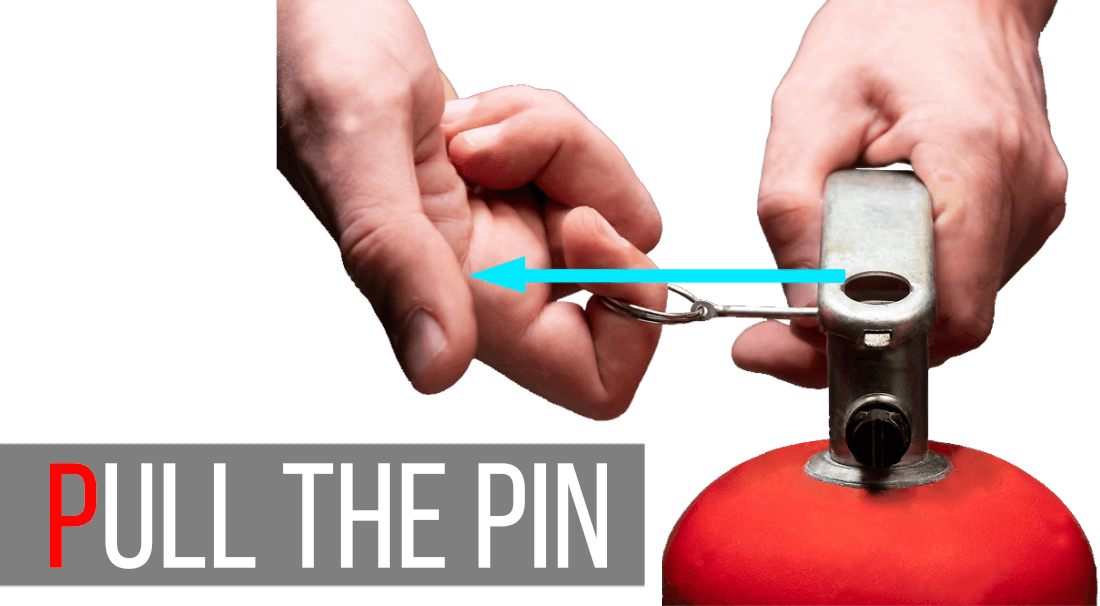What to do when there is a fire on a boat?
The fire triangle explained
An onboard fire is a serious event. If the fire cannot be controlled, where do you go except in the water? The fire triangle consists of fuel, oxygen and heat. All three must be present to start a fire, and the removal of any single one can extinguish a fire.
What is the most common fire on a boat?
Boat fires often occur most frequently around the engine. The engine is the place where fuel, such as gasoline or diesel, and an ignition source, like heat or a spark, are most likely to converge. There are various factors that can lead to boat fires, such as engine malfunctions or inadequate ventilation in the enclosed engine compartment.
Fuels, such as gasoline and propane, can be very dangerous if precautions are not taken. The fumes of these fuels are heavier than air and tend to collect in the bilge and other lower areas of the boat. It is essential that you keep these areas clean and free of trash and debris because they naturally are surrounded by oxygen, and all that is necessary to start a fire is heat. This could come from something as simple as a spark from an ignition component. All you did was turn the key to start the engine and boom.
How do you extinguish a boat fire?
You should read and understand the instructions on your fire extinguisher(s). If a fire starts, you should be prepared and not hesitate. Grab the fire extinguisher, activate it, and direct it at the base of the flames using short bursts and sweeping it from side to side. (More on this in the Chapter on Accidents.)
If underway and a fire starts, stop the boat and position it in such a manner that the fire is downwind. Order everyone to put on lifejackets. If possible, try to turn off the fuel source to the fire. Grab the extinguishers and control the fire.
What type of precautions should be observed before using a fire extinguisher?
Before attempting to use a fire extinguisher, it is essential to assess the situation. Ensure that the fire is small and contained, and avoid using the extinguisher if the fire is large, spreading, or if you are unsure about the nature of what is burning.
Make sure you have a clear path to escape in case the situation worsens.
Check the extinguisher for good condition.
Stay low to avoid inhaling smoke or fumes.
Do not proceed if the handle pin has been tampered with or if the pressure gauge pointer indicates that it needs recharging.
It is crucial to have the appropriate size and type of extinguisher for the specific fire at hand.
Familiarize yourself with its usage and ensure you are confident in your abilities before employing the P.A.S.S. method.
What are the 4 steps in using a fire extinguisher?
P. A. S. S. method:
- Pull the pin
- Aim the extinguisher nozzle at base of flame
- Squeeze the handle to release the extinguishing agent.
- Sweep from side to side at the base of the fire

